Grow a lingonberry in the garden is a useful occupation. Her red delicious berries are rich in vitamins and are widely used in cooking. Green parts of the plant are used in medicinal purposes, preparing decoction from them. About landing Landberry Sadovaya and Care for her, find out from our article.
Description Plant Landberry Garden
In Russia, the lingonberry is grown for a long time and is part of many national dishes. It grows well in the wild - in the taiga and forest-steppe, where it takes up large areas and gives very impressive yields.
Lingonberry is counted for the lounge family. It belongs to evergreens of low shrubs, the height of the plant rarely exceeds 40 cm. The useful fruits of saturated red colors are matured at the end of summer or at the beginning of autumn. And when all plants on the plot will flash and lose the leaves, the lingonberry will delight with its bright greens even from under the strata of the snow.
Flowers culture with small white or pinkish flowers, with similar to the bells, so and in the spring it looks beautiful and gently in the garden. The plant is pollinated or bumblebees, but it is also capable of self-pollination.
Sortberry Sadovniki
Thanks to the works of breeders today there are many varieties of garden lines that are distinguished by abundant crops and a large magnitude of the fruit. In the gardens of our country, there are about 20 types of culture, which differ from each other height of bushes, decorative qualities, sizes of berries and yields. Some popular varieties are below:
- Grand "Ruby" - its distinctive feature is abundant harvests. The berries of this variety on average have a weight of 0.2 g, they have a sweet and sweet, mature late. Flowers grade "Ruby" with white small bells. This species is well tolerating freezing up to -30 ° C.
- The coral lingonberry grade also refer to high-yielding, at the same time it has decorative properties. Compact bush has a spherical shape, height is small, only 30 cm. Blooms this species twice per season, as much time he is fruit.
- The Red Perl grade lingonberry, like the coral variety, blooms and fruits twice, therefore is used mainly to get good yields. Its small bushes reach 25 cm in diameter, about the same as they grow and height.
Those who wish to grow the most lowest grades of Lamber Sadovnik, should pay attention to such options:
- "Mazovia" - bushes of this variety do not reach 20 cm in height. They are plentiful fruit with dark red sweetish berries.
- Grade Lamberry "Kostroma Pink" is even lower than the previous one. These plants are up to 15 cm high. The fruits ripen in the middle of August, painted in a pink shade.
Features and tricks landing Lamberry Sadovaya
The garden bar of the garden is needed in compliance with certain conditions in which the culture will feel comfortable:
- The plant loves acidic soils and good moisturizing. The feature of the lingonberry, like other heers like blueberries and cranberries, is that the root system is not able to independently get enough water from the soil. The plant learned to solve this problem through joining symbiosis with soil mushrooms, which just absorb moisture perfectly. In order to grow well and did not feel the lack of moisture, the land for her should be taken from natural lastbanks, that is, from there, where bushes grew in the wild. It is in the soil that the necessary mushrooms will be.
- Ideal to use bushes with a closed root system. There are no roots damaged, because such plants are faster and painlessly fit in a new place. In addition, in the earth's coma around the roots just the necessary mushrooms.
- The seedlings of Lamberry are sitting on a plot in April or May, after which two weeks are covered with seedlings with a film stretched on the frame.
- Before planting a garden bar, you need to place the scheme on the site. Moreover, the convenience of the plant is taken into account in the last place, because in a short time the culture itself will fill all the free inter-row space. Therefore, it is better to navigate your own convenience. As a rule, the distance between the rows makes 30-50 cm, and the bushes are placed with an interval of 15-30 cm.
Care for garden lingonberry on the site
For those who decided to grow a garden lingonberry, you need to immediately find out how to care for her:
- To get good yields of berries, the culture cannot be provided to itself. One of the collaboration of abundant fruiting - the mulching of the soil around the bushes to maintain its humidity at the proper level. Mulch make made of coniferous chips. You can use other options, but it is the chip that protects plants from pests and weeds.
- If you do not know why the garden lingonberry does not want to grow on the plot, perhaps it did not provide sufficient watering. This culture loves water. However, excess of moisture can also harm it, especially if the water will be for a long time in the soil. The perfect option is a drip watering.
- The protection of lingonberries from winds and drafts will help earlier fruiting. The place where it grows should not be constantly blowing, but the air flow will not hurt, since the soil after watering should be ventilated.
- Plants older than 7 years old are taken to make a rejuvenating trimming. This procedure extends the life of the bushes and improves yields.
- For competent cultivation of Lamberry Sadovo, you need to buy fertilizer for it and use them as feeding. At the very beginning of spring, such nutrient compositions are introduced into the soil at the rate of 1 weaving of the Earth: 500 g of ammonium sulfate, 1 kg of potassium sulfate and 1.8 kg of superphosphate. Then, before flowering bushes, the lingonberry is again feeding ammonium sulfate in the same amount, and during the appearance of buds in the ground 100 g of manganese sulphate and 100 g zinc sulphate are added. The bushes of the first year of life need to give feeding from copper sulphate. Many gardeners advise to combine fading with the mulching of soil sand.
Reproduction Lamberry Sadovaya
The ideal method of breeding lingonberries - shilling. This culture is perfectly rooted, with cuttings can act as completely young and semi-respected shoots. 4-5 cm long cuttings, sliced \u200b\u200bwith a healthy bush, sit in an outdoor soil in autumn or spring. For 2 weeks they are covered with film.
So that the lingonberry began with a greater probability, the cuttings are better placed in the greenhouse. There they will be ensured by the desired level of humidity and temperature.
The lingonberry on the garden plot is sometimes bred and seeds. They are sowing into the soil at the very end of autumn or at the beginning of spring. Seeds before sowing stratum. Seed reproduction has drawbacks. First, the lingonberry does not preserve the varietal signs, and secondly, it gives crops later than that he planted with cuttings.
Fighting diseases and pests Lamberry Sadovoy
Like any plant, a lingonberry is subject to certain diseases:
- Exacting - it can be recognized on the whims of the twigs and their growth.
- Sclerotinia - with this disease, the fruits lingonberries seem to be muffed.
- Monylize - such a disease leads to the death of culture.
All listed diseases have fungal origins, and it is possible to cure them by treating bushes by the Bordeaux mixture. Treatment is carried out three times with an interval of 2-3 weeks.
From the pests of lingers are the most common leaflights that spoil the foliage and flowers of the plant.
Application Lamberry Sadovaya
On the stitching section, lingonberries often perform decorative functions. Due to the lowestness and compactness, they are well planted along the garden paths. They look great in the mountaineering and chapets. You can choose juniper with their dark cheese as companions for lingonberries, and any climbers. The lingonberry is conveniently planted in low-level garden parts, where many other cultures do not fit.
Decorativeness is not the only useful feature of lingonberries. Apply it and for practical purposes. Furi and fruits are used as a drug. They help with urinary bubble and kidney diseases, act as an anti-inflammatory agent. It has a lingonberry and antipyretic effect, therefore it is good for colds.
The billet lingonberry has its own characteristics:
- The foliament can only be collected at the very beginning of spring, when the snow only saved or even not completely disappeared. Sometimes the leaves are harvested in October. The foliage collected in the summer does not have therapeutic properties and with drying black.
- When billet foliage, it is desirable to injure the bush as much as possible, therefore it is necessary to sharpen it carefully, without damaging shoots. From one plant you can tear foliage no more than 5 years.
- Dry leaves on cotton fabric, pre-swollen and throwing blackened instances. The foliage is decayed with a thin layer and dried in a dark, but warm room.
- From berries, lingonberries prepare fruits and jams, freeze for winter or dried for long-term storage, used in fresh form.
Landberry garden, photo:

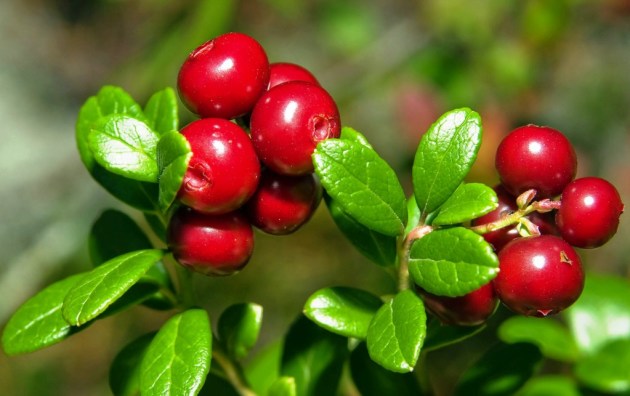
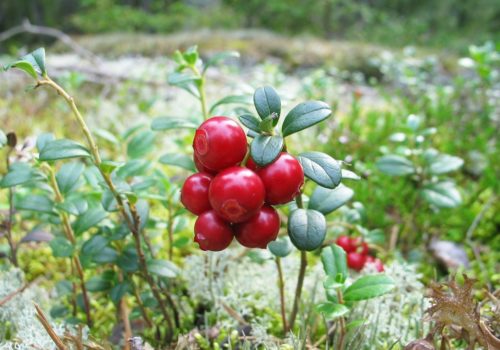
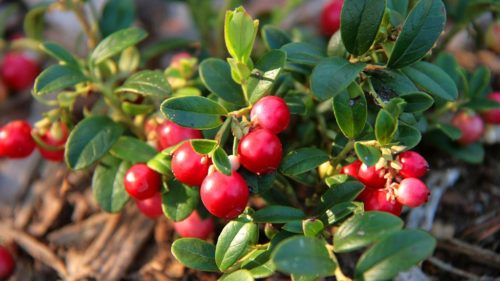
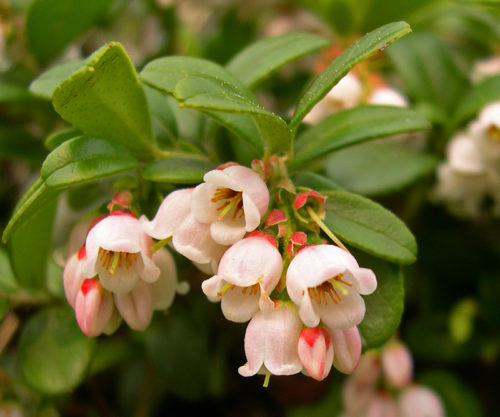
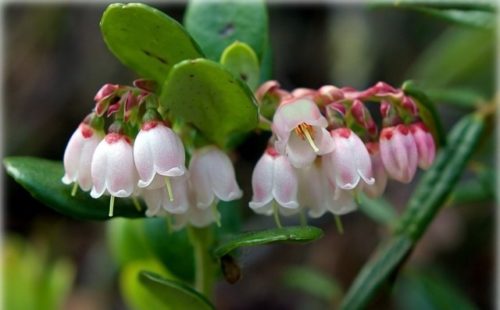
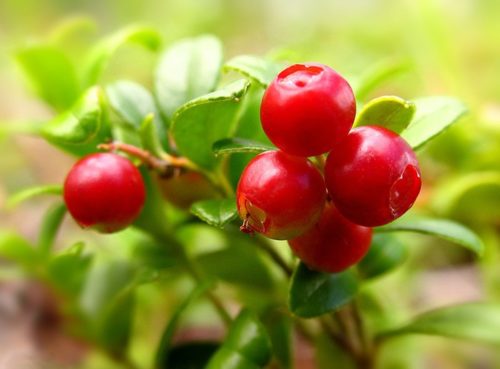
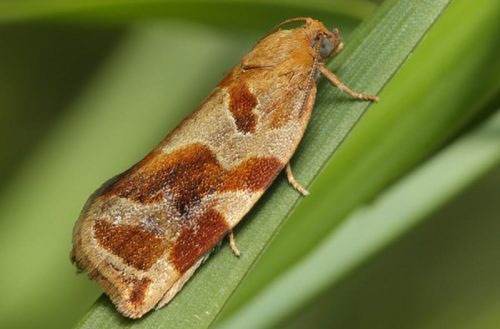
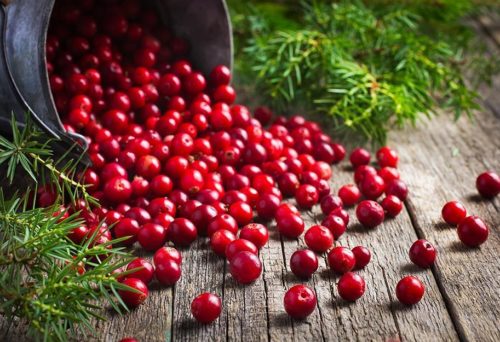
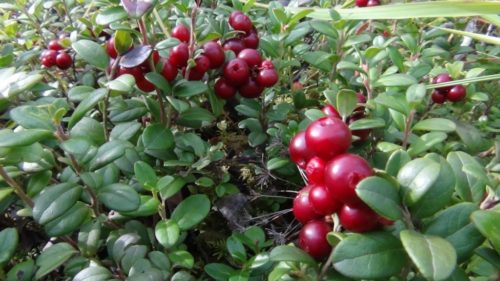
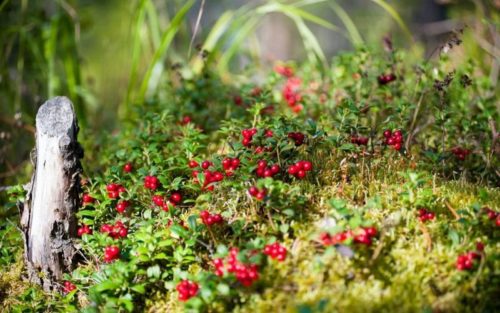
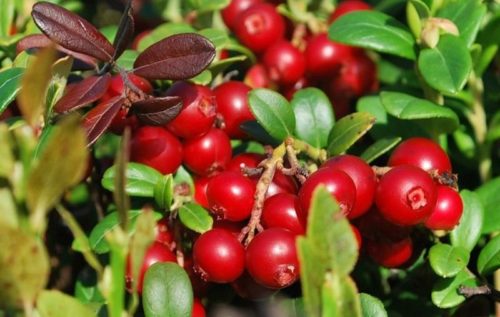
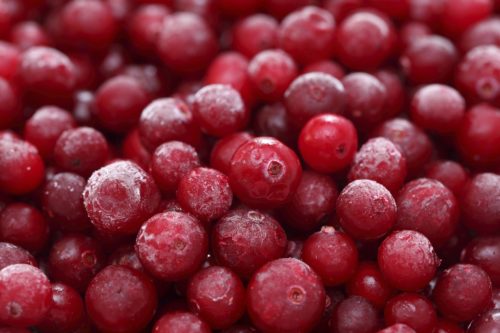












 Start a discussion ...
Start a discussion ...